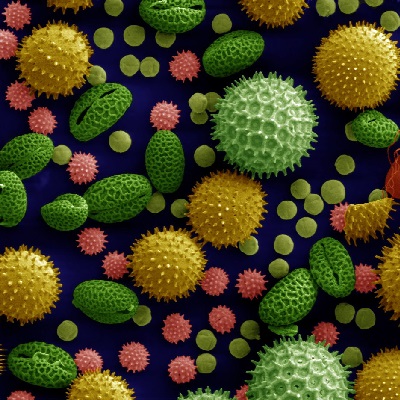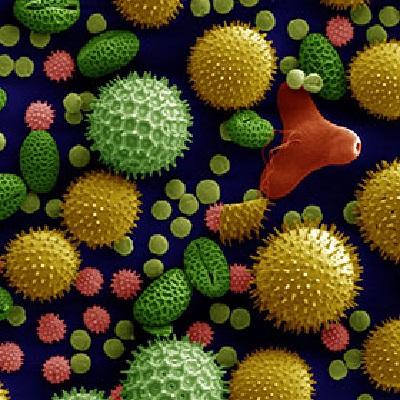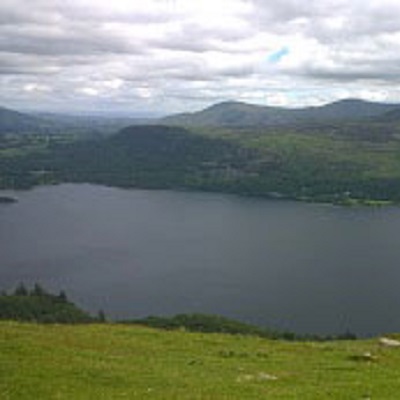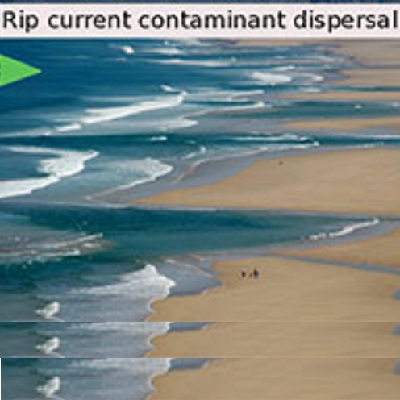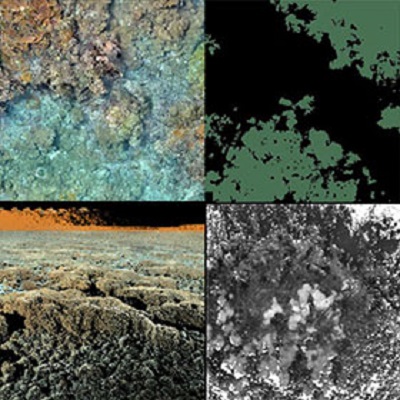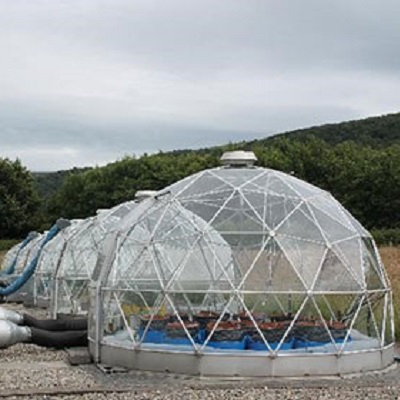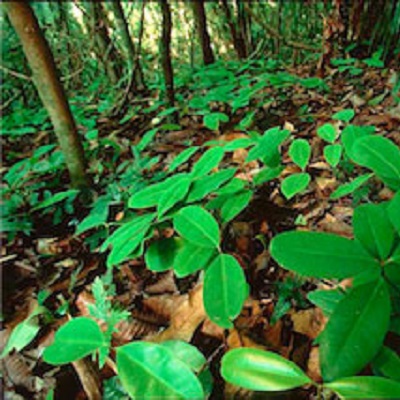In addition to providing benefits to society, biodiversity also brings costs. The aerial biosphere includes ecologically complex mixtures of pollens that negatively affect human health. Almost a quarter of people display allergic reactions to tree and grass pollen, causing symptoms ranging from hay fever to asthma, with associated socio-economic costs. Identifying tree pollens can be […]
Read More
Satellites and other high-resolution imaging techniques have enabled landscape ecologists to explore the spatial ecology of terrestrial biological communities, such as forests, for decades. The same opportunity has not existed in the sub-tidal marine environment, except for habitat mapping at course taxonomic resolutions. With the development of high-resolution underwater imaging, landscape-scale spatial data sets at […]
Read More
Bioaerosols consist of biota such as pollen, fungal spores, bacteria and viruses and include plant allergens that negatively affect human health. Almost a quarter of people display allergic reactions to combinations of tree and grass pollen causing symptoms ranging from hay fever to asthma, with associated socio-economic costs to society and health services. Identifying pollen […]
Read More
Methane (CH4) emissions are far more devastating to global climate than carbon dioxide as it is 21-times more potent a greenhouse gas on a per molecule basis. The International Panel for Climate Change recognise lakes as a major source of CH4 accounting for 20% of global emissions. Despite the key role of lakes in the […]
Read More
Scientific background: Rip currents interact with density-driven freshwater plumes along the coast to mix and disperse contaminants from fluvial discharge into the shelf-sea where they impact the environment. The ability to predict the transport of these contaminants would greatly assist in the compliance and regulation of water quality directives along the coast. Tighter coupling between […]
Read More
The very presence of engineering species within a landscape promotes high levels of biodiversity and ecosystem goods/services. However, their loss and degradation is one of the most significant drivers of global biodiversity loss. Most studies overlook the spatial dynamics that drive the persistence of the engineering species themselves. In this project, we will address key […]
Read More
Ozone pollution has negative effects on many species of semi-natural vegetation, and grasslands have been shown to be particularly sensitive. Nitrogen deposition is also a threat to vegetation and can decrease plant biodiversity. In addition to changes in plant physiology, recent experiments have indicated that ozone alters nitrogen absorption and resorption of nitrogen from leaves […]
Read More
The Antarctic Ice Sheet is losing ice at a rapid rate. As these large volumes of ice melt, they can disrupt key pathways in the Earth System, including changing ocean heat transports and ocean circulation patterns, and disrupt biogeochemical cycles. What is poorly constrained is how these changes in the ocean feed back to the […]
Read More
Recent advancements in telemetry technology has dramatically enhanced our understanding of movement ecology, and generated novel opportunities for exploring how animals are responding to a rapidly changing world. Most animals depend on movement to locate and acquire food for growth, maintenance and offspring provisioning. Therefore, success of individual foraging strategies underpins the demographic processes of […]
Read More
Secondary forests are increasingly prominent features in tropical landscapes and the importance for the restoration of the original hyperdiverse mature forests they replace is widely recognized. None-the-less, we still poorly understand the mechanisms that drive secondary succession of tropical forests, especially the potentially important plant-fungal interactions (pathogenic and symbiotic). This studentship offers a unique possibility […]
Read More

